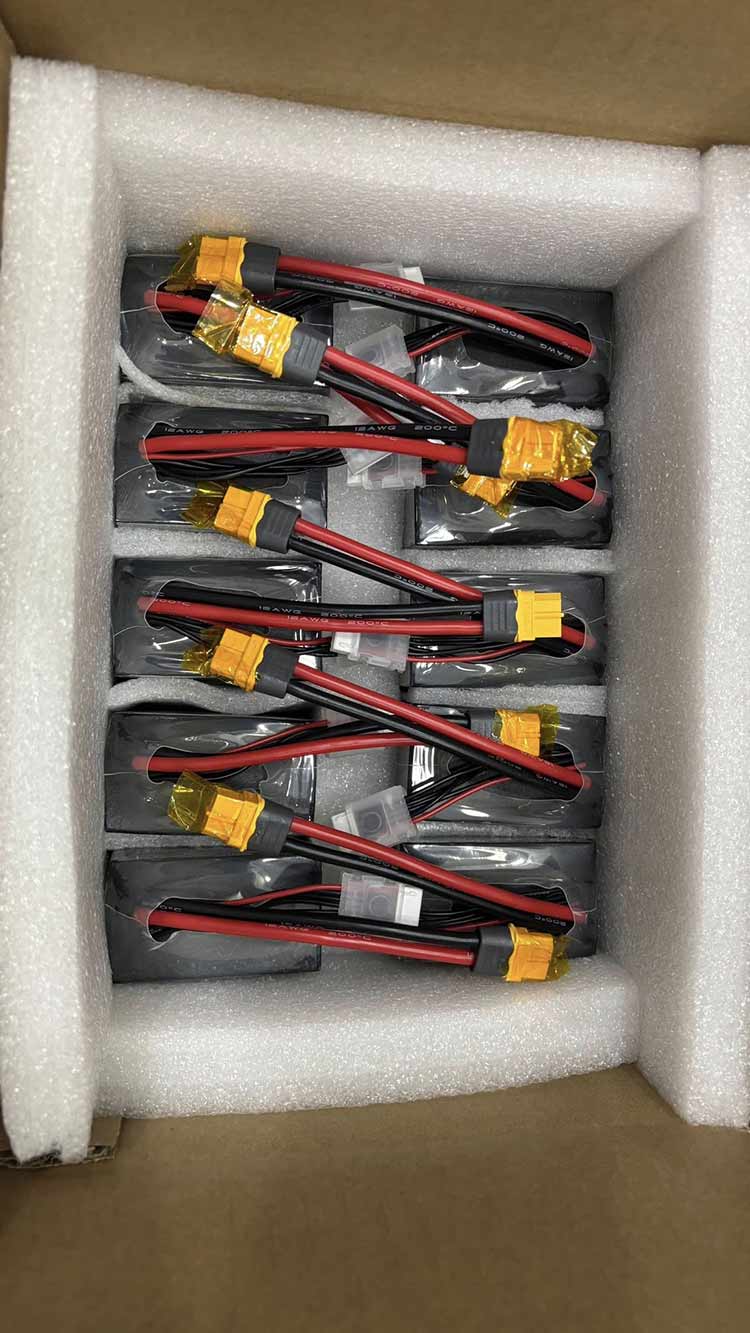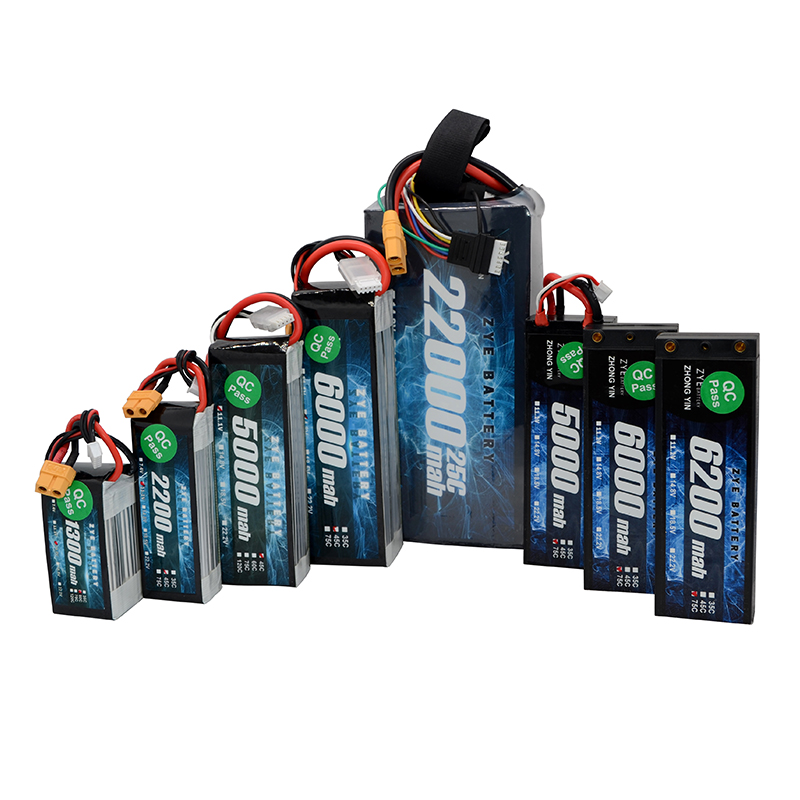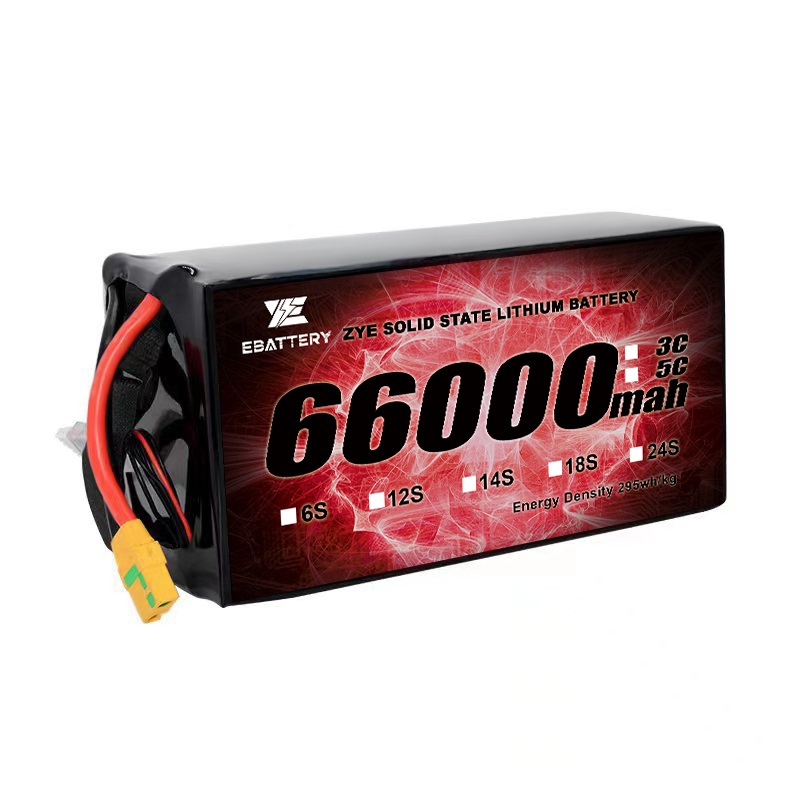What are the differences in the manufacturing of semi-solid batteries?
2025-09-17
Technological Breakthroughs in Semi-Solid-State Batteries for Drones The manufacturing process innovations and unique advantages of low internal resistance in semi-solid-state batteries for drones. From production lines to flight operations, semi-solid-state technology is redefining the performance standards of drone power systems through manufacturing innovations and technological breakthroughs.

Precision Control from Materials to Finished Products
The manufacturing of UAV semi-solid-state batteries represents not a simple upgrade, but four breakthrough innovations in key processes built upon traditional lithium batteries. These changes ensure enhanced safety while laying the foundation for low internal resistance performance.
1. A qualitative leap in separator processing marks the first watershed in manufacturing differentiation.
2. Innovation in electrolyte coating: UAV semi-solid batteries incorporate a solid electrolyte coating step. Through triple processing—positive electrode material encapsulation, positive/negative electrode slurry addition, and separator coating—ion transport pathway stability increases by 60%.
3. Precision evolution in electrolyte filling: Semi-solid batteries reduce electrolyte volume to below 15%, renaming the filling process as “impregnation.” Combined with gradient pressure impregnation under vacuum conditions, this effectively eliminates risks of localized high internal resistance.
4. Introduction of Pre-Lithiation Process: Unlike traditional liquid batteries that undergo direct charge-discharge cycles, UAV semi-solid batteries incorporate a pre-lithiation step before formation. This inorganic pre-lithiation process compensates for lithium loss in silicon-carbon anodes during initial charge-discharge cycles.
The low internal resistance characteristic (typically ≤2.5mΩ) of UAV semi-solid batteries is not coincidental but results from the combined effects of material innovation, structural optimization, and manufacturing precision. This enables them to meet the stringent demands of high-power output and rapid response required by UAVs.
Semi-solid electrolytes are neither fully liquid nor fully solid, necessitating precise control of their rheological properties. Maintaining this consistency becomes increasingly complex as production scales expand. Variations in temperature, pressure, and mixing ratios significantly impact electrolyte performance, thereby affecting overall battery efficiency.
In traditional liquid batteries, unstable SEI (Solid Electrolyte Interphase) films readily form between the electrolyte and electrodes, causing internal resistance to rise rapidly with cycling. Semi-solid batteries, however, achieve over 50% reduction in interfacial impedance through the synergistic effects of coated separator technology and electrode surface modification.
System innovations in structural design further reduce overall internal resistance. Compared to traditional winding processes, ZYEbattery's laminated pouch technology increases electrode contact area by 30% and ensures more uniform current distribution.
Equipment used in semi-solid battery manufacturing typically requires custom design or significant modification of existing machinery.
This custom nature of production tools adds another layer of complexity to scaling operations. Another scalability challenge lies in raw material procurement. Semi-solid batteries often utilize specialized compounds that may not be readily available in bulk quantities. As production scales up, ensuring a stable supply chain for these materials becomes critical.
One approach employed in semi-solid state battery manufacturing is extrusion technology. Electrolyte material can be directly extruded onto or between electrodes, ensuring more uniform distribution and better contact between components. This process allows for easier automation and control, thereby improving consistency in battery performance across production batches. Improved contact between electrolyte and electrodes enhances overall battery performance and lifespan.
The streamlined filling process also contributes to enhanced safety during manufacturing. This not only improves worker safety but also reduces production costs over time.
Conclusion:
From assembly lines to aerial operations, the manufacturing innovation and low internal resistance characteristics of drone semi-solid batteries are redefining industry standards. When agricultural drones maintain stable power output in -40°C frigid conditions, or logistics drones execute emergency evasions via 7C peak discharge, these scenarios vividly demonstrate the value of technological innovation.
Looking ahead, the continued refinement of semi-solid battery manufacturing technology is crucial for bringing this promising technology to market at scale. Overcoming current challenges in production scale and material consistency requires sustained research, investment, and innovation.
























































